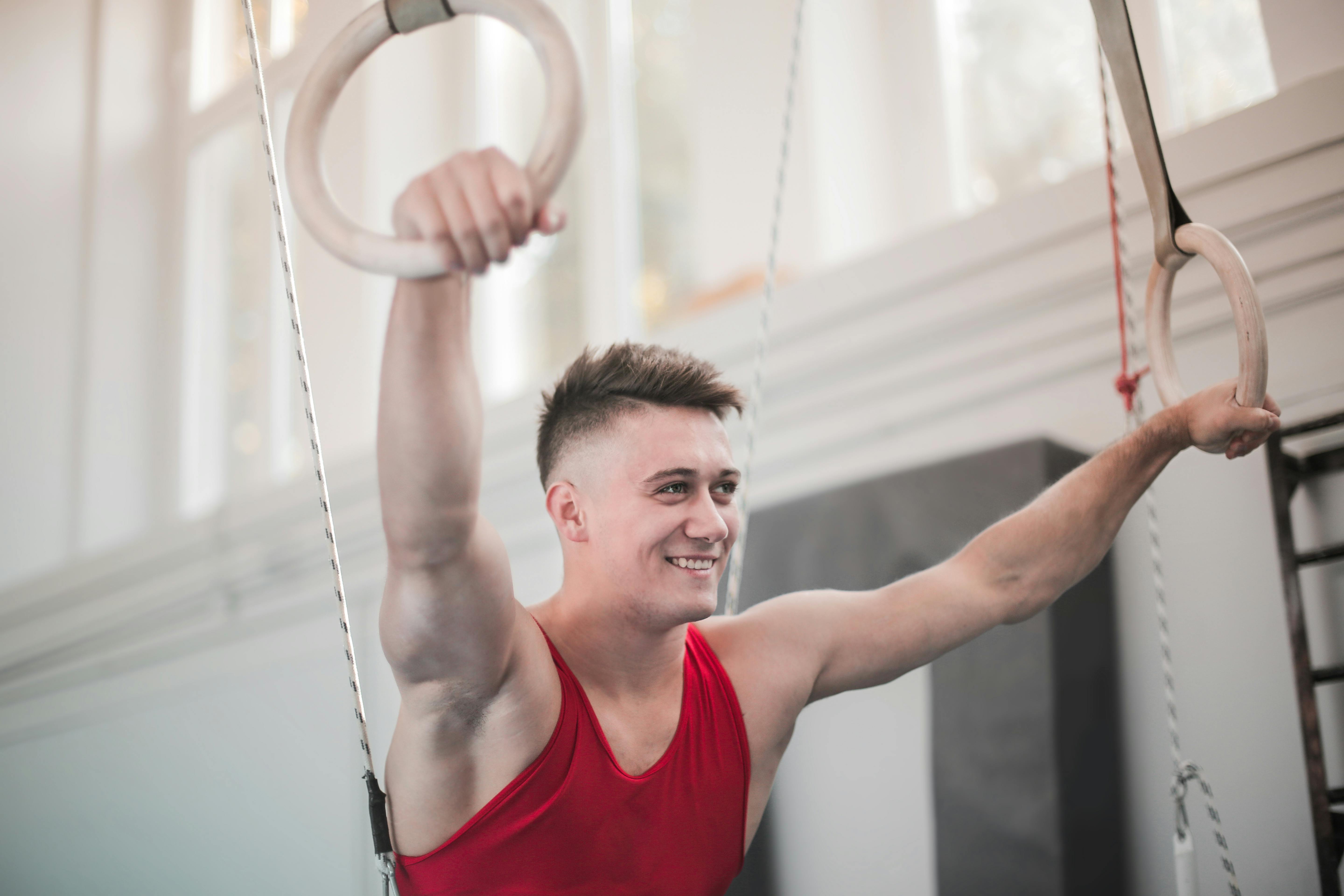Did you know that Navy Seals use plyometrics as part of their training program? Basketball, soccer, and professional soccer athletes also play it. Therefore, since top athletes and fit military personnel advocate training, you will find that “plyometrics” offer the practitioner a number of benefits.
Enhanced exercise for leg muscles
There are plyometrics for the upper and lower body. Many are designed to strengthen leg muscles that are not used when walking or running. Additionally, the gluteal and hamstring muscles are strengthened through pli-type exercises. Movements like jump squats are great exercises to follow when diving into a jump training routine.
An almost total body workout
Although plyophonic exercises involve most of the body, the training does not focus on the back muscles. Therefore, using an elliptical machine or weights in conjunction with training can make you a fitness buff or well-rounded athlete.
Improve performance in sports and all other athletic endeavors
After about eight weeks of pli training, you will find that you will suddenly be able to move more competently as a runner and balance much better when training with weights. Runners can improve speed, efficiency, pace, and reduce the risk of knee injuries. If this type of training improves the athletes’ game and improves the fitness of the Navy Seals, you will undoubtedly see an improvement in your own fitness goals.
Improve stamina and heart health
While plyometrics are not considered aerobic, those repeated jumps that are done for 30 or 60 seconds at a time will definitely get your heart rate up. They can also induce an anaerobic state, which literally means no oxygen and is the most effective for burning fat. Any intense movement improves endurance that can benefit you in daily activities and in any type of physical training you do.
Increase your tolerance for high-impact movements
Training is primarily used to increase power by developing strength and speed. Plyometrics can decrease the sensitivity associated with high-impact exercises and movements.
Incorporate HIIT training
Plyometrics are explosive movements that use body weight as resistance and are ideal for HIIT (high intensity interval training). The explosive nature coupled with the use of body weight for resistance provides the perfect setting to reach the optimal fat burning zone and provides the appropriate level of intensity for HIIT training. Jumps, burpees, mountain climbers, jump squats, and jumps are some examples of plyometrics used in HIIT.
A 15-minute HIIT workout or a 4-minute Tabata workout, both are high intensity workouts that require maximum effort to burn as much fat as 1 hour of boring cardio on the treadmill. While not easy, the plyometrics used in HIIT and Tabata can result in significant results in fat burning and better overall conditioning.
You don’t need to join a gym – the cost is free
Plyometric exercises are free and can be performed anywhere, such as in a park or by using concrete barriers or steps in certain parts of a city. You don’t have to join a gym to develop a pli workout routine.
Preparing for more intense jumping activities
While the benefits associated with exercise are immense, you should also be aware of some of the drawbacks. With regards to plyometrics, you need to be at least in good shape to perform most of the movements. However, there are movements for beginners that can help improve your general condition to make the transition to more advanced and difficult exercises.
Some of the exercises for beginners include jumping jacks, jumping rope and trampoline or bouncing. When working outdoors, try to find soft areas, preferably grass, to land on.
Jumping and jumping rope: how to start a routine
The benefits of plyometric exercise are immense. However, if you haven’t reached this level of exercise, you need to focus on working toward that goal first. Again, you can start with easier plyometric workouts, like jumping jacks.
Increase your stamina with jumping jacks and continue building by buying a jump rope. Jump in place 100 times with the rope or even jump in place without the rope. The idea is to acclimatize to the process and improve your conditioning so that you can move on to the more difficult movements.
